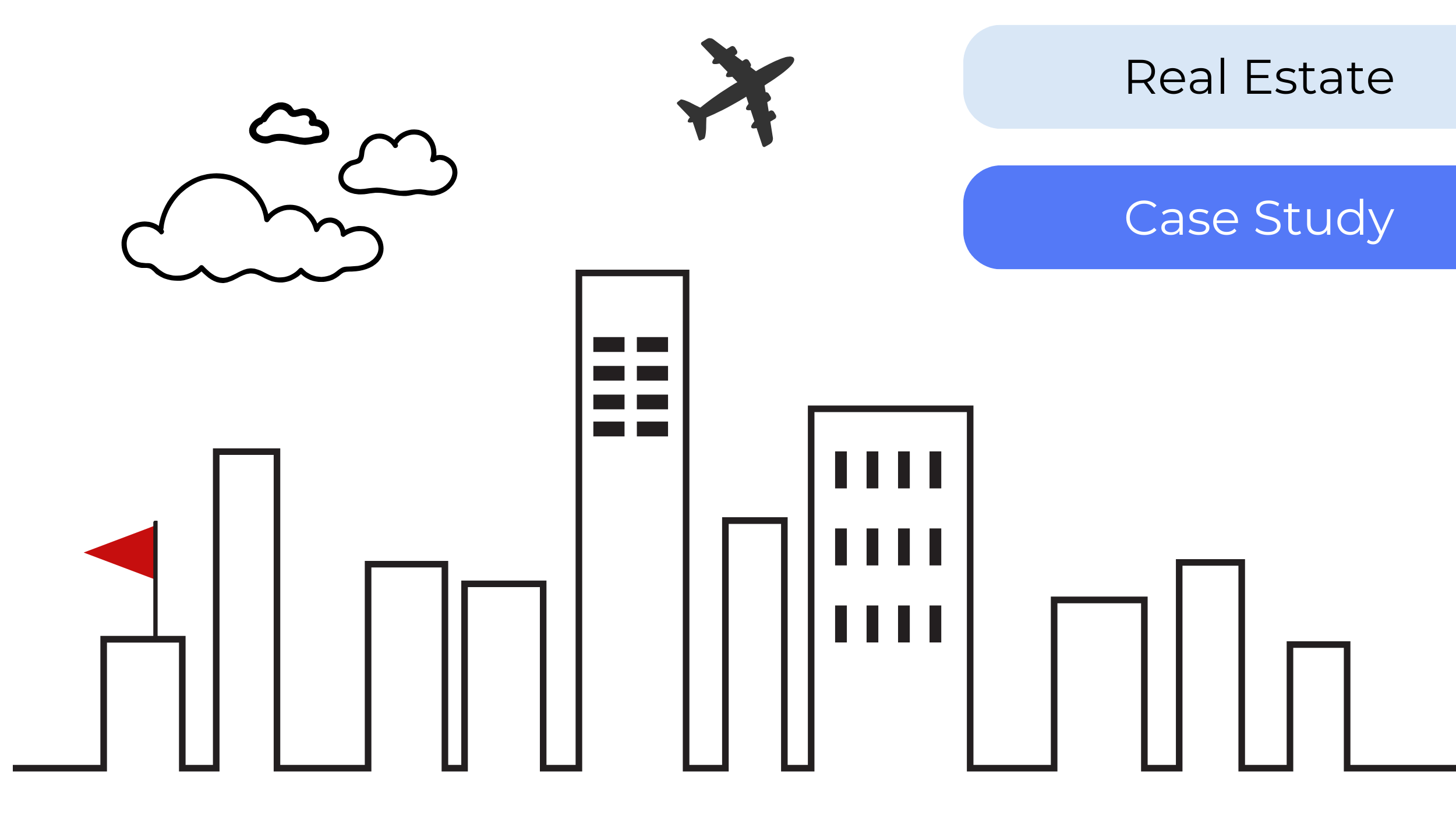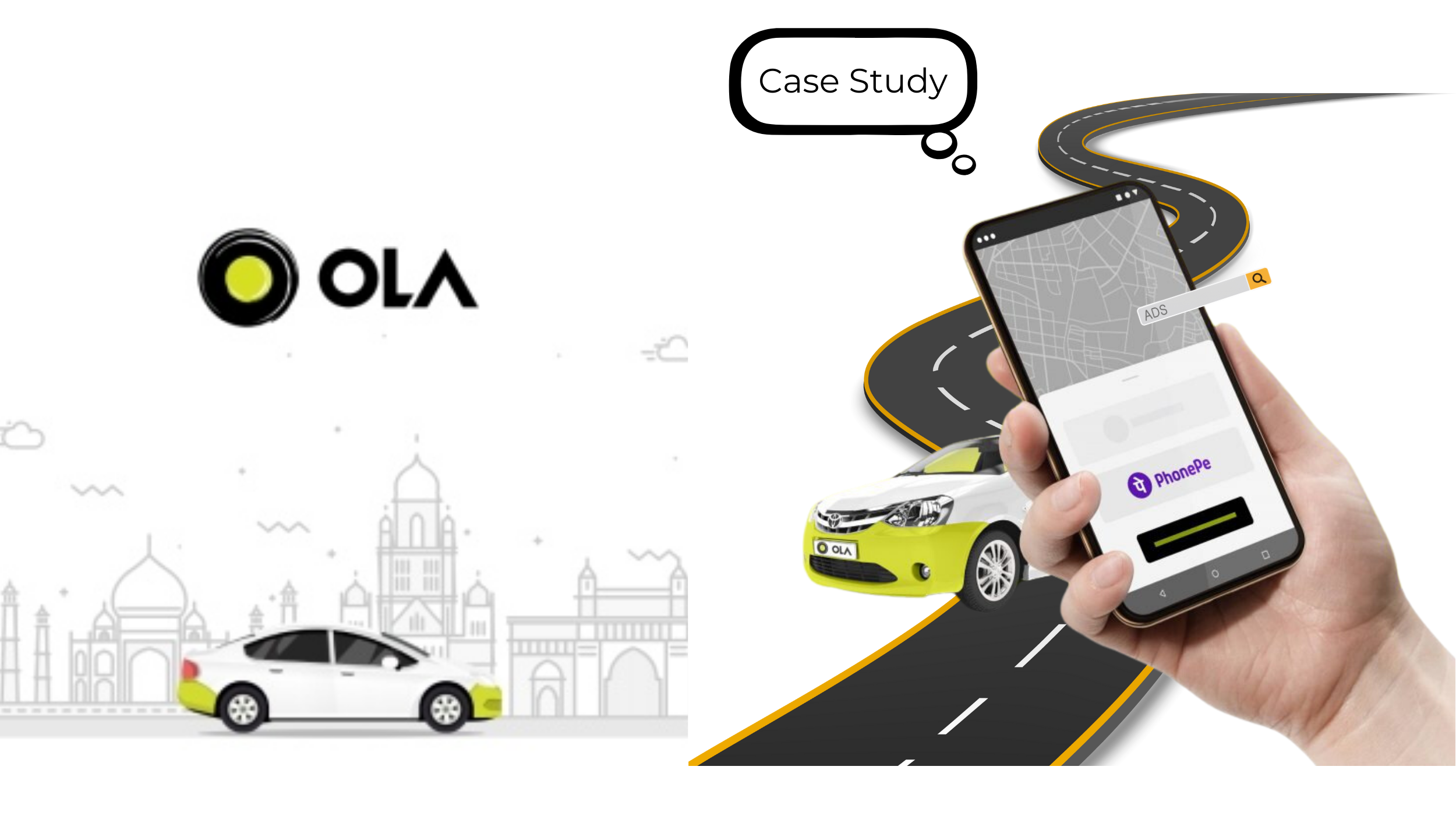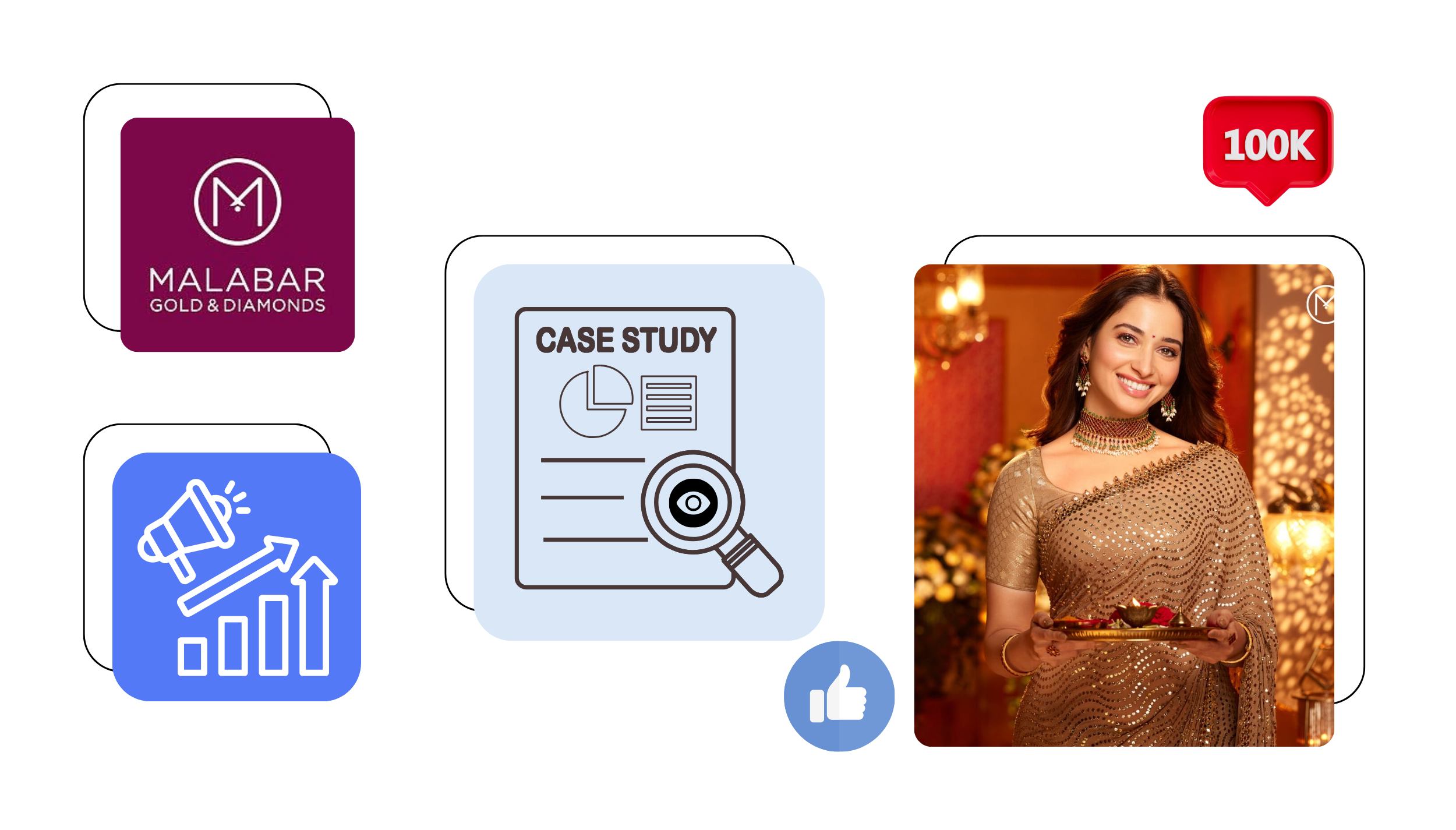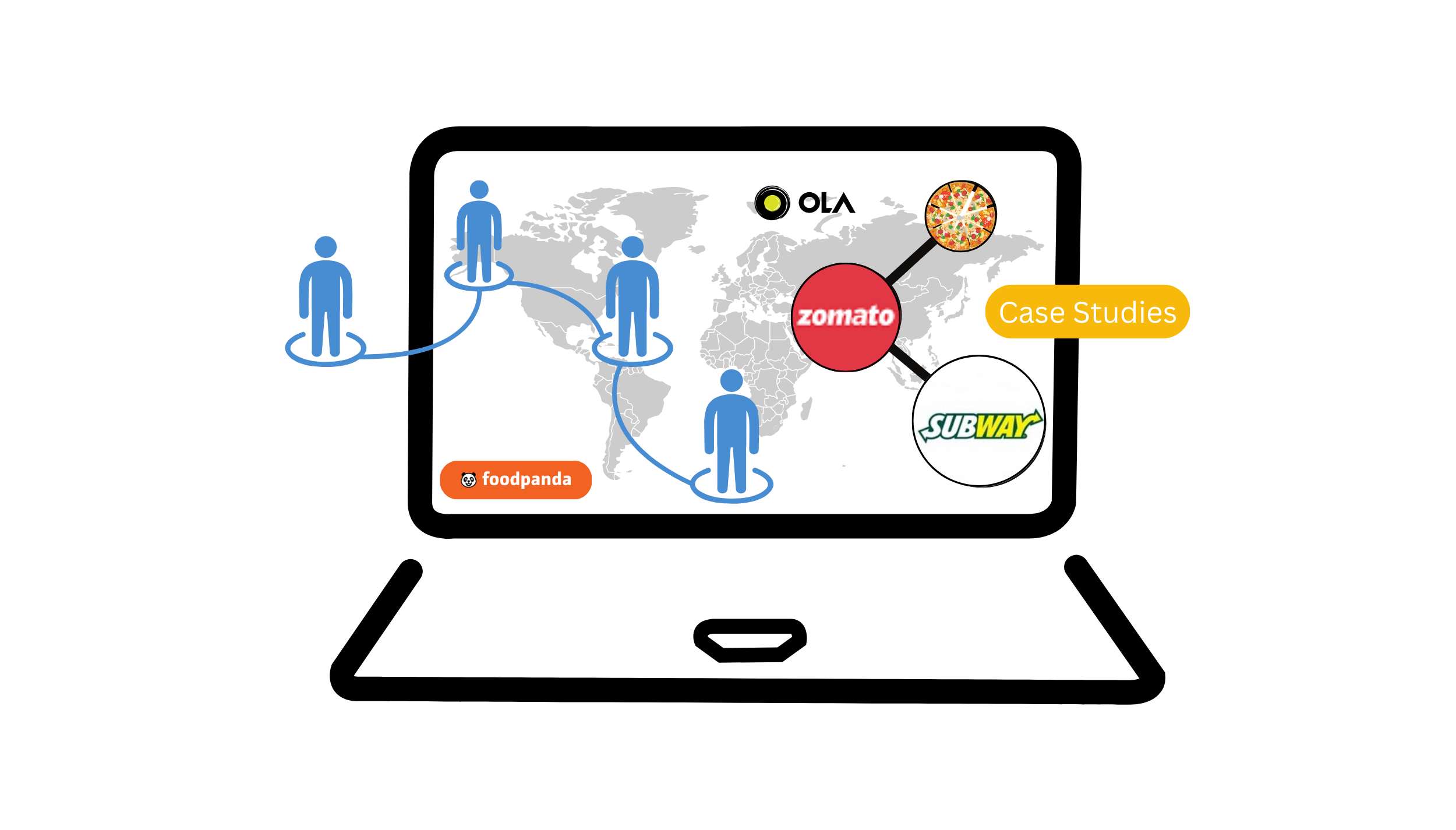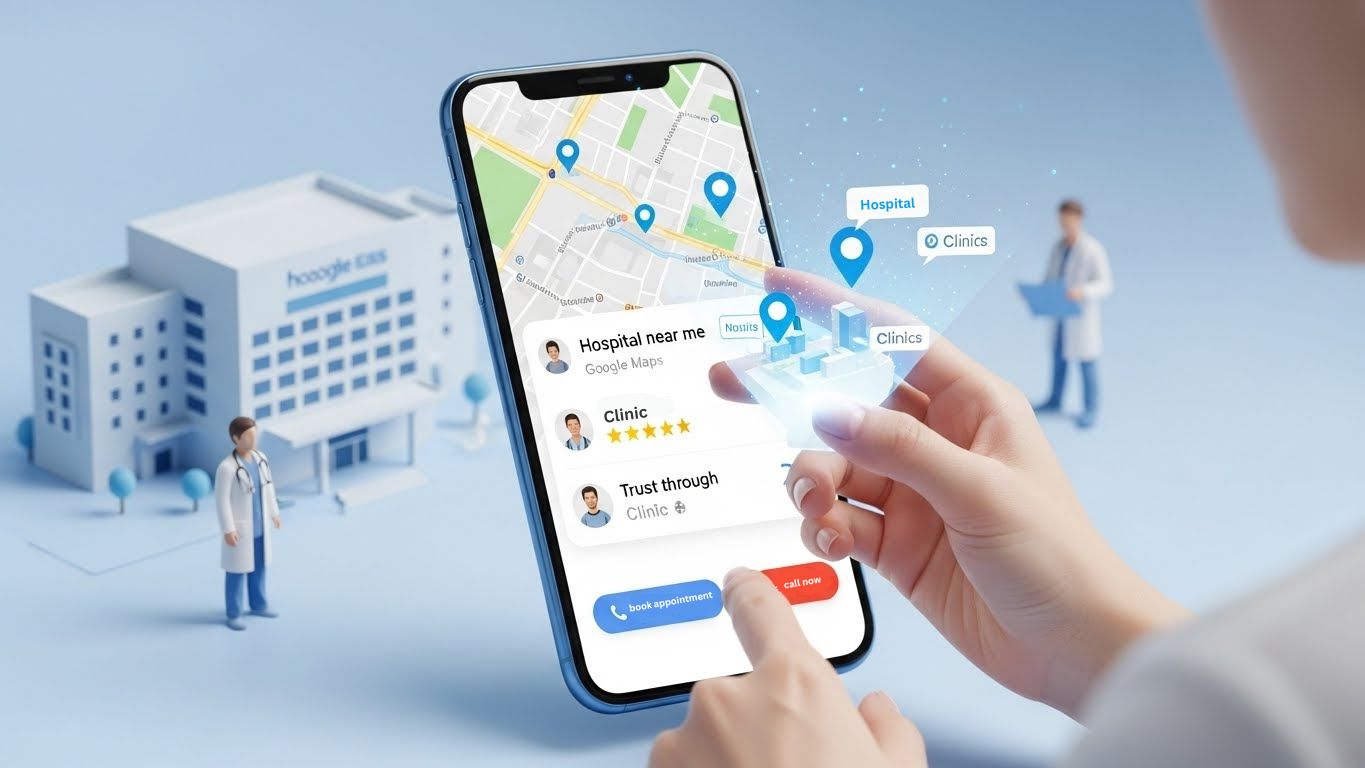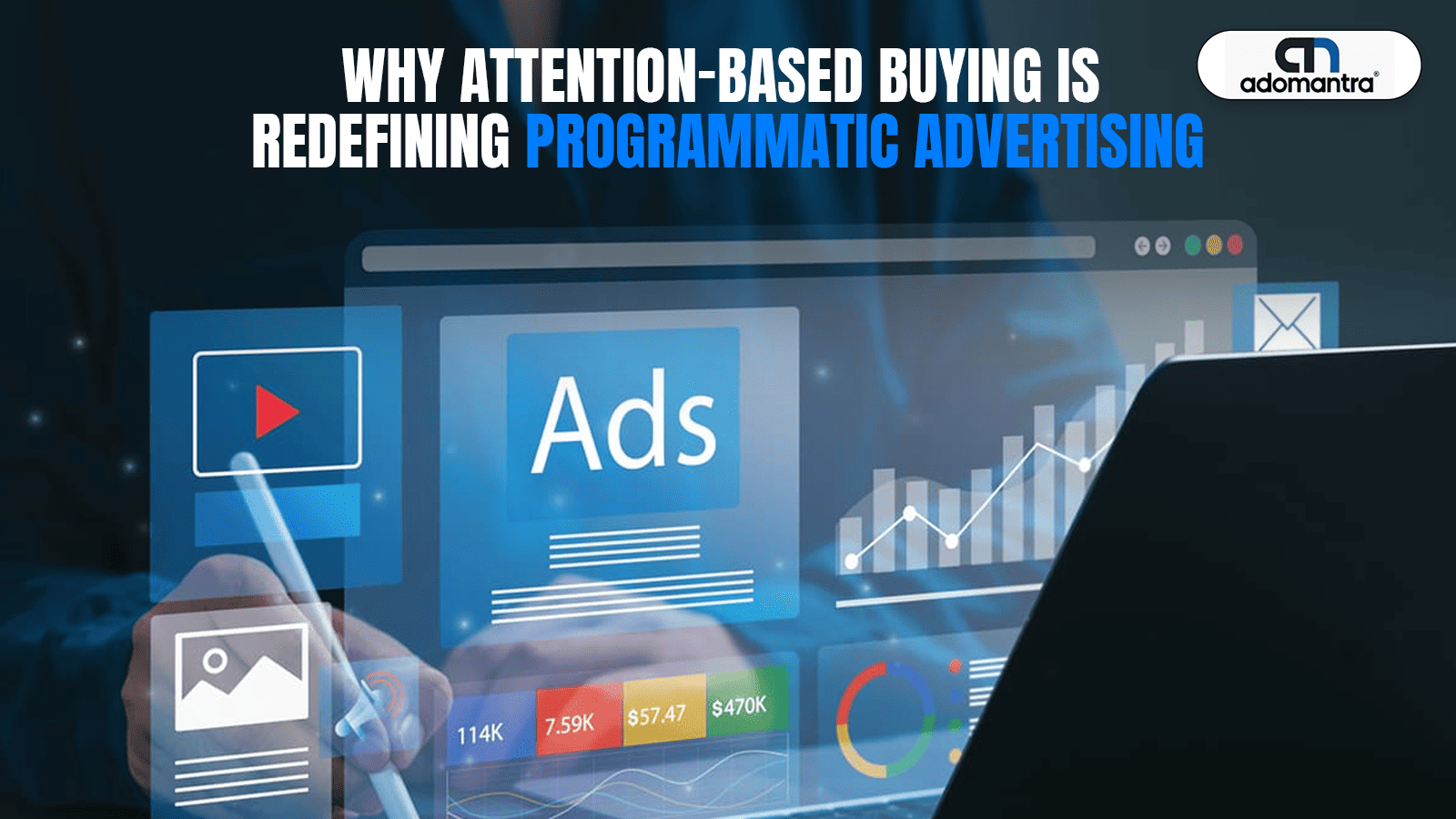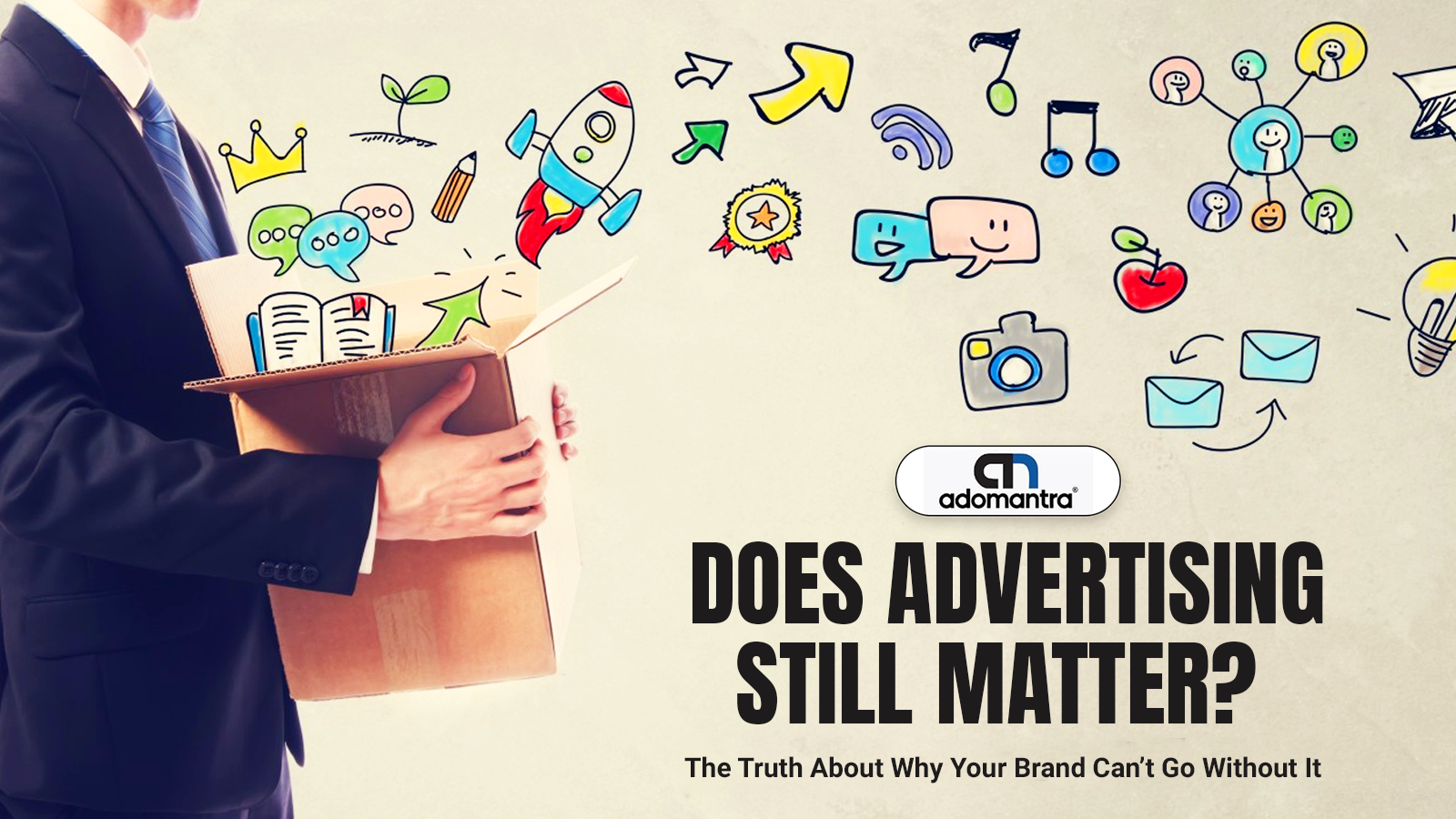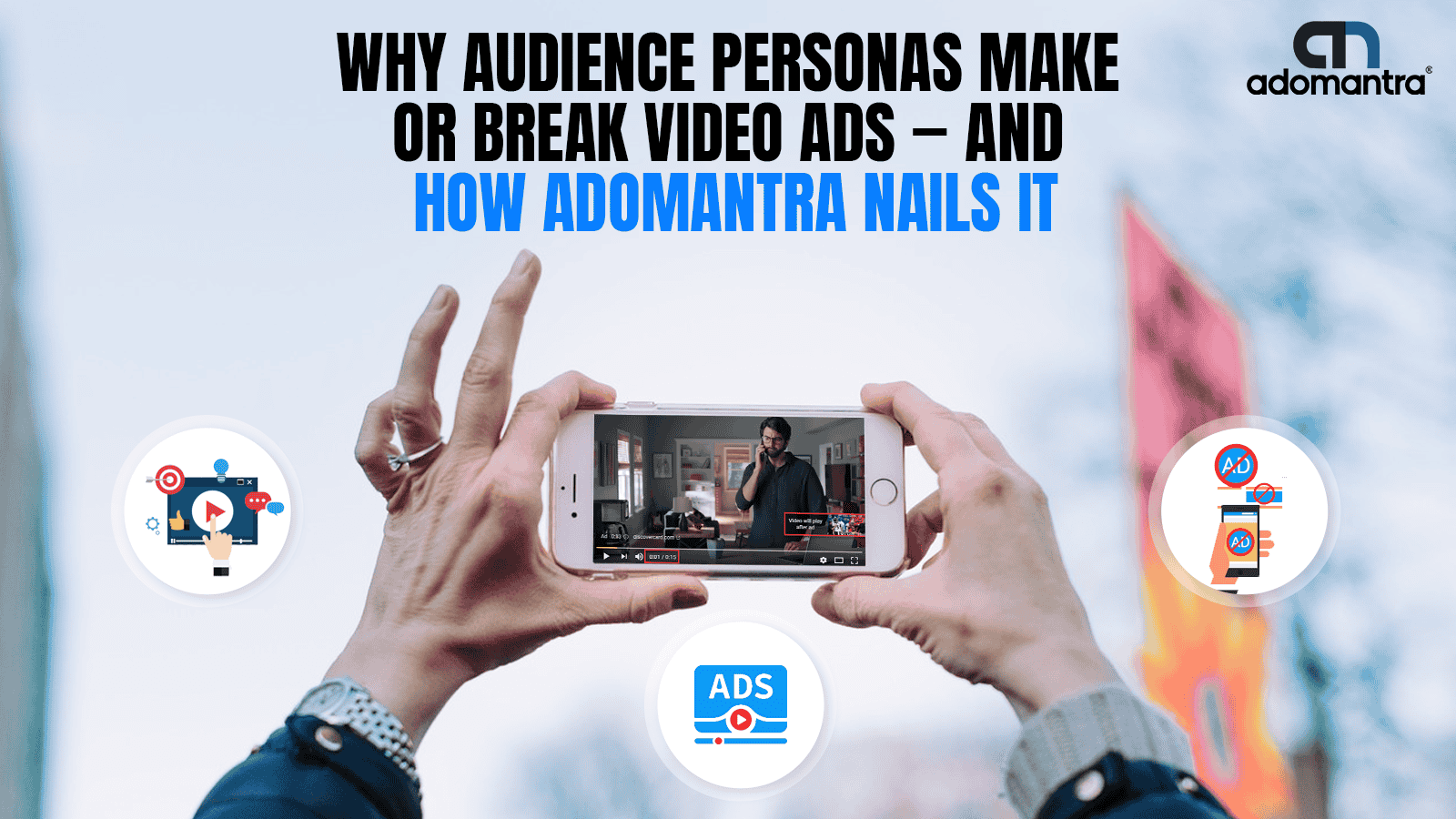An A/B test, also known as split testing, compares two versions of a webpage, app, or marketing asset (Version A and Version B) to determine which one performs better. By showing different versions to separate, equally sized audience segments, businesses can analyze metrics like conversion rates, click-through rates, or engagement to make data-driven decisions about design, content, or features. This iterative process helps optimize user experience and achieve specific goals.
Frequently Asked Questions
Q1. How long should I run an A/B test?
The duration depends on traffic volume and the statistical significance needed. You need enough data to ensure the results aren't just random chance, often several days to a few weeks for popular pages.
Q2. What kind of elements can I A/B test?
You can test headlines, images, call-to-action buttons, page layouts, pricing models, email subject lines, and even entire user flows. Almost anything that impacts user interaction can be tested.
Q3. What is statistical significance in A/B testing?
Statistical significance means that the observed difference between your A and B versions is likely not due to random chance. It's a key metric to ensure your test results are reliable enough to make decisions.
Q4. What should I do if an A/B test shows no clear winner?
If there's no statistically significant winner, it means neither version performed demonstrably better. You might consider the test a draw, iterate with new hypotheses, or analyze if your changes were too subtle.

